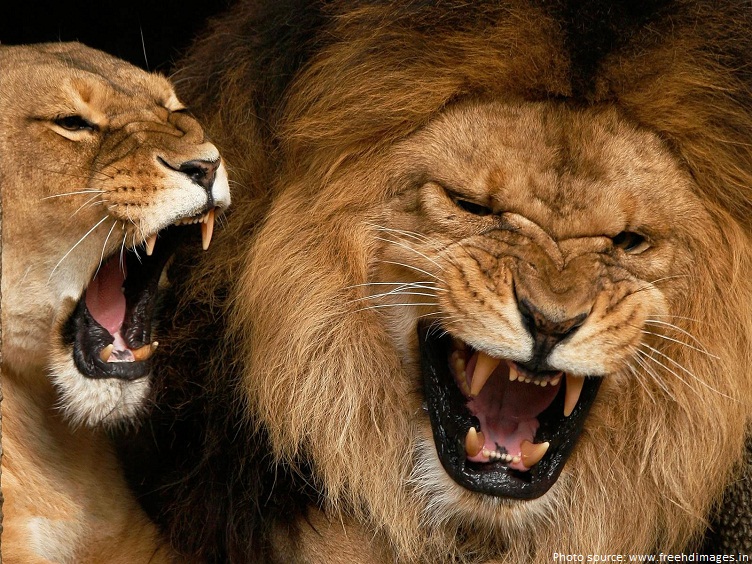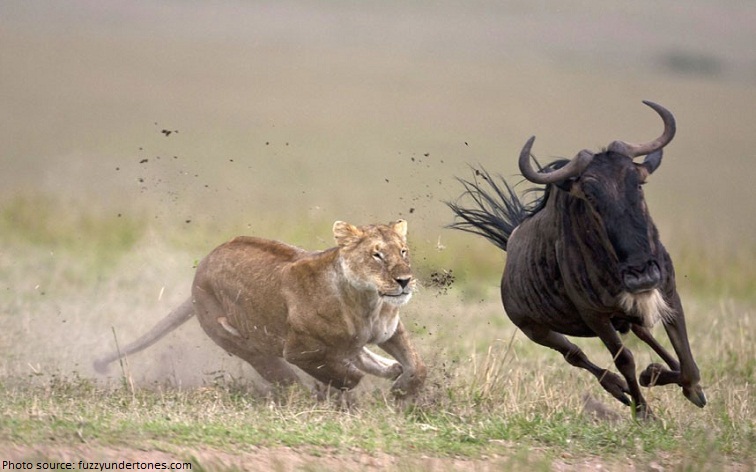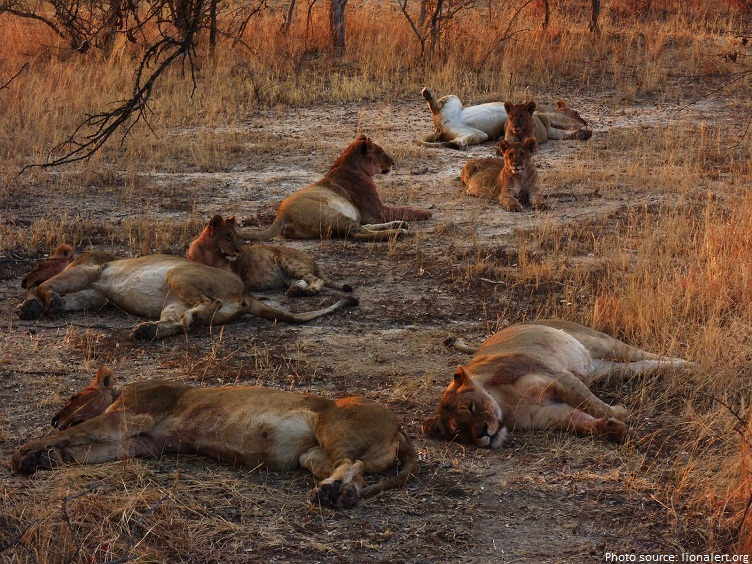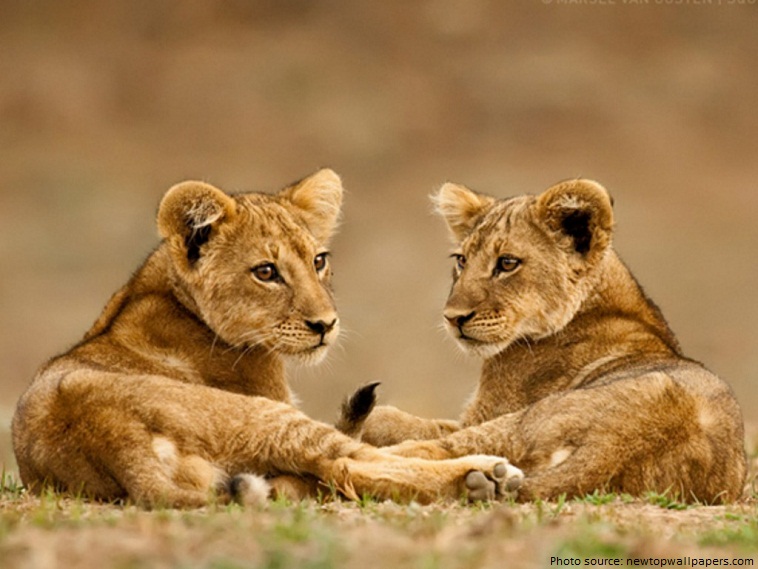The lion has forever been a symbol of strength, power, and ferocity. During WWF tours to Africa, seeing the majestic species up-close is sure to be a spine-tingling experience.
10. African lions are the most social of all big cats and live together in groups or “pride.” A pride consists of about 15 lions.
9. Male lions defend the pride’s territory while females do most of the hunting. Despite this, the males eat first.
8. These majestic cats are threatened by habitat loss. The lion is listed as vulnerable on the IUCN Red List of Threatened Species.
7. The lion was once found throughout Africa, Asia, and Europe but now exists only in Africa with one exception. The last remaining Asiatic lions are found in Sasan-Gir National Park in India, which was primarily created to protect the species. Currently, there are approximately 350-400 lions in the park.
6. A lion’s roar can be heard from as far as 5 miles away.
5. A lion can run for short distances at 50 mph and leap as far as 36 feet.
4. Even though the lion is sometimes referred to as the “king of the jungle,” it actually only lives in grasslands and plains. The expression may have come from an incorrect association between Africa and jungles or may refer to a less literal meaning of the word jungle.
3. A good gauge of a male lion’s age is the darkness of his mane. The darker the mane, the older the lion.
2. A lion’s heels don’t touch the ground when it walks.
1. A lion may sleep up to 20 hours a day.
Living in the grasslands, scrub, and open woodlands of sub-Saharan Africa, the lion is the second largest cat in the world (behind tigers).
African lions are the most social of all big cats and live together in groups or “pride.” Although extremely large pride, consisting of up to 30 individuals, have been observed, the average pride consists of five or six females, their cubs of both sexes, and one or two males (known as a coalition if more than one) who mate with the adult females.
Lions live for about 10-14 years in the wild. While in captivity they live for as long as 20-25 years old.
The average male lion weighs around 180 kg (400 lb) while the average female lion weighs around 130 kg(290 lb).
The heaviest lion on record weighed an amazing 375 kg (826 lb).
Lions can reach speeds of up to 81 kph (50 mph) but only in short bursts because of a lack of stamina.
An adult male’s roar can be heard up to 8 kilometers (5 miles) away.
Male lions are easy to recognize thanks to their distinctive manes. Males with darker manes are more likely to attract female lions (lionesses).
African lions eat large animals that they find in the grasslands, including antelopes, zebras, and wildebeest.
A female lion needs 5kg of meat a day. A male needs 7kg or more a day.
The females in the pride tend to do the majority of the hunting. They work as a group and use intelligent hunting tactics to catch prey which they would not be able to catch alone as they are faster than them.
Lions have terrific night vision. They are 6 times more sensitive to light than humans. This gives them a distinct advantage over some prey species when hunting at night.
Lions enjoy relaxing and lazing around. They spend between 16 and 20 hours each day resting and sleeping. They have few sweat glands so they wisely tend to conserve their energy by resting during the day and become more active at night when it is cooler.
At 3 to 4 years old, males and females are ready to mate. The female has a gestation period of around four months. She will give birth to her young away from others and hide the cubs for the first six weeks of their lives. At birth, the cubs are only around 1.5 kg (3 lbs.). They are also completely dependent on their mother.
Lionesses are caring mothers who will even take care of a neglected cub, allowing him/her to suckle and giving them a chance to survive. Two or more lionesses in a group tend to give birth around the same time, and the cubs are raised together. Cubs are extremely playful.
Female cubs stay with the group as they age. At around two years old, they become capable hunters. But young males are forced out of pride at that age.
Lions are symbols of strength and courage and have been celebrated throughout history for these characteristics. They are also common symbols for royalty and stateliness, hence the phrase ‘king of the jungle’.
Ancient Egyptians venerated lions as their war deities due to their strength, power, and fierceness. The famous sphinxes are just one of many mythical depictions of the lion in Egyptian culture.
The lion population in Africa has been reduced by half since the early 1950s. Today, fewer than 21,000remain in all of Africa.





No comments:
Post a Comment